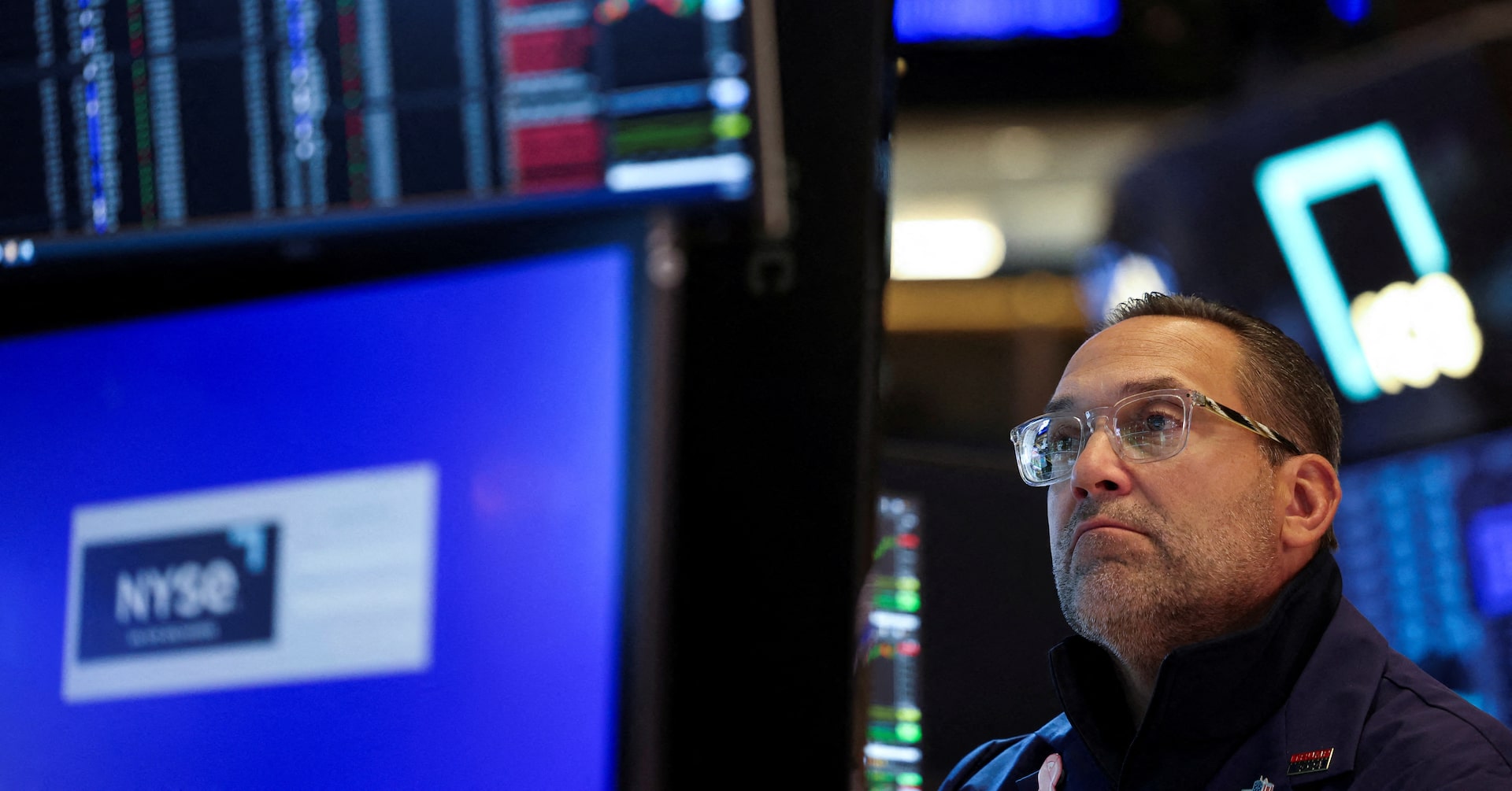
Financial markets are grappling with elevated levels of uncertainty, a condition historically known to weigh heavily on investor sentiment and capital allocation. From questions on global interest rate policies to looming geopolitical tensions and inflation trajectories, markets are in a precarious wait-and-see mode.
However, financial experts warn that even as some of these uncertainties are resolved, the outcomes may still leave markets on edge. Answers to key economic questions, such as the timing of interest rate cuts by major central banks or the sustainability of inflationary pressures, may bring more caution than clarity.
‘Markets hate uncertainty’ is a commonly held belief — yet the flipside is equally noteworthy: markets may hate the wrong kind of certainty even more. For example, should future data confirm that inflation is proving more persistent than expected, it could prompt central banks to maintain elevated interest rates longer, dashing investor hopes for near-term monetary easing.
Similarly, improvements in global geopolitical clarity may also carry mixed implications. If tensions in hotspots like Eastern Europe or the Middle East de-escalate, that could lessen market risk. But if resolutions take the form of prolonged standoffs or shift global alliances in unpredictable ways, they may cause further dislocations in energy prices and trade flows.
Ultimately, investors may need to temper expectations that forthcoming answers to complex macroeconomic riddles will result in sustained market optimism. Instead, they could signal new challenges that require ongoing caution and adaptation. Markets may find that navigating discomfort remains a constant, even when the questions are finally answered.
Source: https:// – Courtesy of the original publisher.








